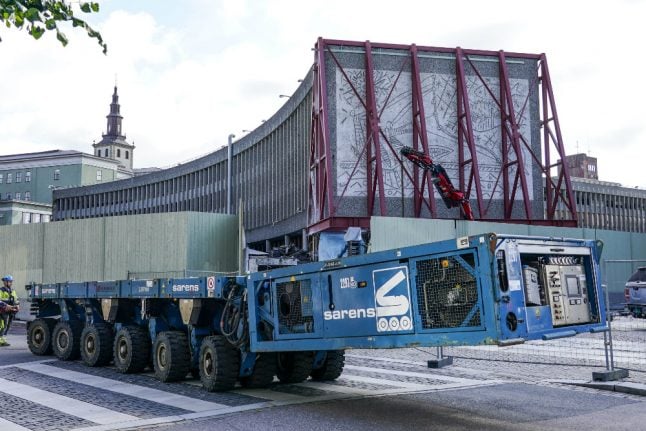The custom 'Cube' construction, designed as the first-ever satellite museum of Paris's famous Pompidou Centre, will open in March 2015.
Displaying significant pieces including works by the city's most famous artist, Picasso, 'El Cubo', will be erected on Quay no. 1 of Malaga's harbour and remain in place for at least five years.
The local government of Picasso's native city has agreed to contribute €2.1 million (€2.75 million) to the project being jointly run with France's national museum of art.
It cements Malaga's growing reputation as a hub for culture, evidenced by the presence of over 30 museums, including the major Picasso Museum, which opened in 2003.
The city is also set to welcome a branch of Saint Petersburg's State Russian Museum in 2015.
Malaga's mayor, Francisco de la Torre Prados, described El Cubo's location in a statement as "an excellent entry and crossing point for the many tourists visiting the historical centre."
According to art industry journal The Art Newspaper, the first 93 permanent pieces to travel to Malaga from Pariswill include 'Ghost,' by Kader Attia, Max Ernst’s 1961 'The Imbecile', Francis Bacon’s 1971 Self-portrait, a piece by Catalan artist Joan Miró, and 'The Flowered Hat', a 1940 piece by Picasso.
As well as 2,000 square metres of display spaces for permanent exhibitions and 362 square metres for rotating temporary exhibitions, El Cubo will also feature a 128-seat auditorium plus 'Studio 13/16', an area dedicated to teenagers.
"Through its mediation work with audiences, the Centre Pompidou fosters wide attendance and primarily addresses those who are not naturally drawn to visit museums," said the Pompidou in a press statement.
Three companies – Heineken, Unicaja and Italcementi – have agreed to sponsor El Cubo to offset costs to the city hall.
Local daily La Opinion de Malaga reported that El Cubo is expected to generate 400 new jobs and generate annual revenues of over €18.5 million thanks to an anticipated 200,000 visitors a year.



 Please whitelist us to continue reading.
Please whitelist us to continue reading.
Member comments